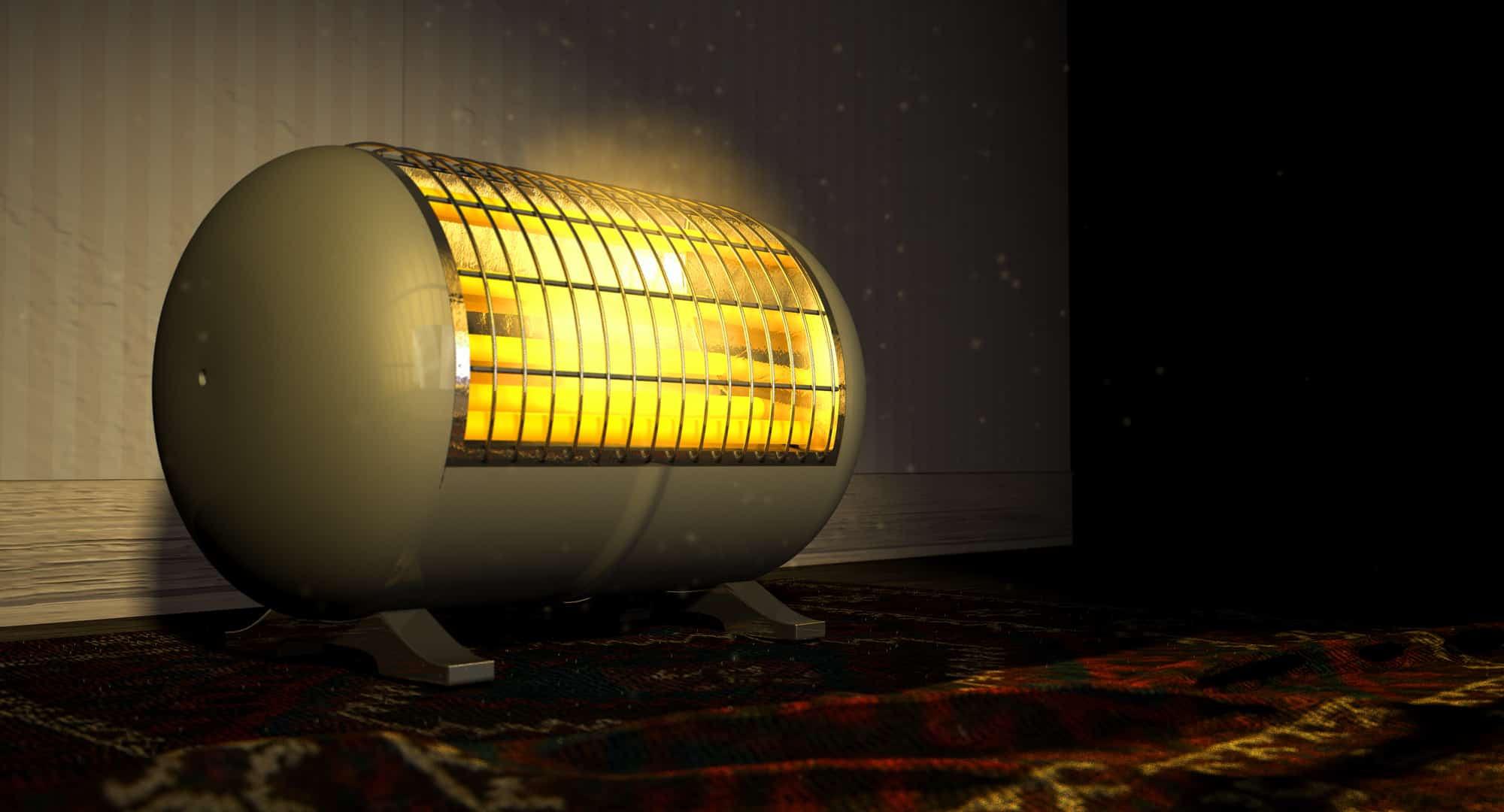

Articles
How Long Should I Run A Space Heater
Modified: August 20, 2024
Learn the recommended duration for running a space heater in this informative article. Stay safe and avoid excessive energy consumption with expert tips.
(Many of the links in this article redirect to a specific reviewed product. Your purchase of these products through affiliate links helps to generate commission for Storables.com, at no extra cost. Learn more)
Introduction
Space heaters can be a convenient and cost-effective way to warm up a room during the chilly winter months. However, one question that often comes to mind when using a space heater is how long should it be run for optimal comfort and efficiency? In this article, we will explore the factors to consider when determining the running time of a space heater, and provide some recommendations to help you make the best decision for your needs.
Before diving into the specifics, it’s important to note that the running time of a space heater can vary depending on several factors, including the size and insulation of the room, your preferred temperature, the energy efficiency of the heater, and safety concerns. Let’s explore these factors in more detail.
Key Takeaways:
- Finding the optimal running time for a space heater involves considering room size, insulation, temperature preference, energy efficiency, and safety. It’s a personalized process that balances comfort, efficiency, and safety.
- Regular monitoring, adjusting, and maintenance are key to optimizing the running time of a space heater. Factors such as temperature checks, energy usage, weather conditions, and personal preferences play a role in finding the ideal balance.
Factors to Consider
When deciding on the running time of a space heater, there are several factors that need to be taken into account. Each of these factors plays a significant role in determining the optimal duration for running your space heater. Let’s take a look at each one.
Size and Insulation of the Room
The size and insulation of the room have a direct impact on how long your space heater needs to run. Larger rooms with poor insulation will require more time for the heater to efficiently warm up the space. On the other hand, smaller rooms with better insulation may require less running time.
If you have a larger room with inadequate insulation, you may need to run the space heater for a longer period to achieve the desired temperature and maintain it. However, if you have a smaller room with good insulation, the heater may be able to reach the desired temperature more quickly and require less continuous running time.
Temperature Preference
Your personal temperature preference also plays a role in determining the running time of a space heater. Some people prefer a cozy and warm indoor environment, while others may be comfortable with slightly cooler temperatures. Consider your own comfort level and adjust the running time of the heater accordingly.
If you prefer a warmer room, you may need to run the space heater for a longer duration to maintain the desired temperature. On the other hand, if you are comfortable with cooler temperatures, you may be able to cut down the running time.
Energy Efficiency
The energy efficiency of the space heater is an important factor to consider when determining the running time. Energy-efficient models can effectively deliver warmth while consuming less energy, resulting in a lower running time.
Look for space heaters with energy-saving features such as programmable timers or thermostats that allow you to set specific time frames for operation. This can help you optimize the running time and save on energy costs.
Read more: How Long Can I Leave A Space Heater On
Safety Concerns
Safety should always be a top priority when using a space heater. Different heaters come with varying safety features, such as tip-over switches and automatic shut-offs. These safety features can affect the running time as well.
If your space heater has advanced safety measures, you can have peace of mind and run it for longer durations if needed. However, if your heater lacks certain safety features, it is recommended to keep an eye on it and limit the running time to minimize any potential hazards.
Considering these factors will help you make an informed decision about the running time of your space heater. However, it’s important to note that these are general guidelines and may vary depending on individual circumstances.
Size and Insulation of the Room
The size and insulation of the room are key factors to consider when determining the running time of a space heater. These factors play a significant role in how quickly and effectively the heater can warm up the space and maintain the desired temperature.
Firstly, let’s talk about the size of the room. Larger rooms tend to require more time for the space heater to effectively distribute heat and warm up the entire area. This is because a larger room has more square footage and a greater volume of air to heat. As a result, you may need to run the space heater for a longer duration to achieve the desired temperature and maintain it consistently.
On the other hand, smaller rooms can heat up relatively quickly as there is less air to warm. If you have a small room, you may find that the space heater can reach the desired temperature in a shorter amount of time, requiring less continuous running.
In addition to the size of the room, the insulation of the space also plays a crucial role. Insulation refers to how well the room is sealed and protected from outside temperature fluctuations. A well-insulated room helps to retain heat and prevents cold air from seeping in, reducing heat loss and increasing the efficiency of the space heater.
If your room has good insulation, it will be easier for the space heater to maintain a consistent temperature, and as a result, you may not need to run the heater for extended periods. On the other hand, if your room has poor insulation, it will be more challenging for the space heater to retain the warmth, and you may need to run the heater for longer durations to compensate for heat loss.
It is worth noting that some space heaters come with built-in features like oscillation or multiple heat settings, which can help to effectively distribute heat across the room. These features can be particularly beneficial in larger rooms with uneven heating distribution. By allowing the heat to oscillate or by adjusting the heat settings, you can ensure that the room is evenly heated and reduce the running time of the space heater.
In summary, the size and insulation of the room are important factors to consider when determining the running time of a space heater. Larger rooms with poor insulation may require longer running times to achieve and maintain desired temperatures, while smaller rooms with good insulation may require shorter running times. It is essential to assess the characteristics of your room and adjust the running time of the space heater accordingly to optimize both comfort and energy efficiency.
Temperature Preference
When determining the running time of a space heater, it’s important to take your temperature preference into consideration. Every individual has their own comfort level when it comes to room temperature, and this preference can impact how long you need to run the heater to achieve your desired level of warmth.
If you prefer a warmer indoor environment, you may find it necessary to run the space heater for longer periods. This will ensure that the room remains consistently heated to your desired temperature. Keep in mind that running the heater for extended periods may consume more energy, so it’s essential to strike a balance between comfort and energy efficiency.
On the other hand, if you are comfortable with slightly cooler temperatures, you may be able to reduce the running time of the space heater. This can help save on energy costs while still providing a comfortable environment.
It’s worth noting that personal temperature preference can also be influenced by external factors such as clothing choice, insulation, and even personal metabolism. For example, if you tend to dress warmly or have multiple layers of clothing, you might find that you prefer a cooler room temperature. In this case, you may be able to reduce the running time of the space heater without compromising your comfort.
Another factor to consider is the specific area or zone in the room where you spend most of your time. If you primarily occupy a specific corner or workspace, you might be able to run a smaller space heater in that area instead of heating the entire room. This can allow you to create a comfortable microclimate without needing to run the heater for extended periods.
Ultimately, finding the ideal temperature preference and corresponding running time for your space heater is subjective and may require some trial and error. Pay attention to your comfort level and adjust the running time accordingly. It’s important to strike a balance between personal comfort and energy efficiency to make the most out of your space heater.
By taking your temperature preference into account, you can ensure that you are running the space heater for an appropriate duration that aligns with your comfort needs, while also considering the associated energy consumption.
Energy Efficiency
When it comes to running a space heater, considering energy efficiency is not only beneficial for reducing your carbon footprint but can also save you money on your energy bills. Energy-efficient models are designed to provide optimal heating performance while minimizing energy consumption. Here are some factors to consider when evaluating the energy efficiency of a space heater.
Heater Type
The type of space heater you choose can have a significant impact on its energy efficiency. Some common types of space heaters include ceramic, radiant, oil-filled, and infrared heaters. Ceramic heaters are known for their quick heat output and energy-efficient features, making them a popular choice. On the other hand, oil-filled heaters provide longer-lasting heat retention even after the heater is turned off, resulting in reduced running time and energy usage.
Energy-Saving Features
Look for space heaters that come with energy-saving features, as they can contribute to higher energy efficiency and shorter running times. Here are a few key features to consider:
- Thermostat: A built-in thermostat allows you to set and maintain a specific temperature, preventing the heater from continuously running once the desired temperature is reached.
- Programmable Timer: A timer allows you to schedule when the space heater turns on and off, enabling you to heat the room only when it’s needed, such as during specific hours of the day.
- Eco-Mode: Some space heaters have an eco-mode or energy-saving mode that automatically adjusts the heating intensity to improve energy efficiency.
Proper Sizing
Choosing the right size of space heater for the room is another key aspect of energy efficiency. A heater that is too small for the room will need to work harder and run for longer periods to warm up space efficiently. Conversely, an oversized heater may consume more energy than necessary. Follow the manufacturer’s guidelines or consult an expert to ensure you select the right-sized space heater for your room, optimizing both comfort and energy efficiency.
Supplemental Heating
Consider using a space heater as a supplemental heating source rather than the primary heating method. For example, you can use a space heater to warm up just the room you are currently using rather than heating the entire house. This targeted approach can be more energy-efficient and help reduce running time. However, ensure that you follow safety guidelines and avoid leaving the heater unattended.
Regular maintenance and cleaning of your space heater also contribute to its energy efficiency. Dust and debris can hinder heat distribution and reduce the heater’s effectiveness. Keep the heater clean and follow the manufacturer’s instructions for maintenance to maximize its energy-saving potential.
By selecting an energy-efficient space heater and utilizing its features effectively, you can reduce energy consumption and minimize the running time required to achieve comfortable warmth. This not only benefits the environment but also helps to lower your energy costs in the long run.
Read more: How Long Should An Attic Fan Run
Safety Concerns
When using a space heater, safety should always be a top priority. While space heaters are designed to provide warmth and comfort, improper usage or neglecting safety precautions can lead to accidents or hazards. Here are some safety concerns to consider when determining the running time of a space heater.
Placement and Clearances
Proper placement of the space heater is crucial for both effective heating and safety. Ensure that the heater is placed on a stable, flat surface, away from any flammable materials such as curtains, bedding, or furniture. Maintain clearances as instructed by the manufacturer to prevent the heater from overheating or causing a fire. Adequate distance should be maintained from walls, furniture, and other objects to allow proper airflow and minimize the risk of overheating.
Automatic Shutoff and Safety Features
When purchasing a space heater, look for models equipped with automatic shutoff features. These features can help prevent accidents in case the heater gets tipped over or starts to overheat. A tip-over switch automatically shuts off the heater if it is accidentally knocked over, while an overheating protection feature turns off the heater if it exceeds a certain temperature. These safety features not only protect against potential hazards but also contribute to energy efficiency by minimizing unnecessary running time.
Timer and Thermostat Settings
Utilize the timer and thermostat settings of your space heater to enhance safety. A programmable timer can be set to turn off the heater after a certain duration, reducing the risk of leaving it unattended. A built-in thermostat allows you to maintain a specific temperature, preventing the heater from running continuously once the desired temperature is reached. Setting appropriate time frames and temperature levels not only ensures comfort but also helps to promote safety.
Read more: How Long Should A Pool Cleaner Run
Proper Ventilation
Ensure that the room where the space heater is being used is properly ventilated. Although space heaters do not produce harmful gases like carbon monoxide, poor ventilation can lead to stuffiness in the room. Open a window or door occasionally to allow fresh air to circulate. Proper ventilation helps maintain air quality, prevents excessive condensation, and reduces the risk of oxygen depletion.
Regular Maintenance
To ensure safe and efficient operation, regular maintenance of the space heater is essential. Follow the manufacturer’s instructions for cleaning and servicing the heater. Clean the heater regularly to remove dust and debris that can obstruct airflow and potentially cause overheating. Inspect the power cord for any signs of damage and keep it away from foot traffic to prevent tripping hazards.
Lastly, it is crucial to educate yourself and everyone in your household about the safe usage of space heaters. Emphasize the importance of following safety guidelines, such as never leaving the heater unattended and keeping it out of reach of children and pets. Remind everyone to exercise caution and be proactive in preventing accidents.
By considering and implementing these safety measures, you can enjoy the warmth and comfort provided by a space heater while minimizing any potential risks or hazards.
Recommended Running Time
When it comes to determining the optimal running time for a space heater, there is no one-size-fits-all answer. It varies depending on various factors such as room size, insulation, temperature preference, energy efficiency, and safety concerns. However, some general guidelines can help you establish a recommended running time for your space heater.
Start with Shorter Intervals
If you are unsure about the running time, it’s best to start with shorter intervals and gradually increase as needed. Begin by running the space heater for 15-30 minutes and monitor the temperature and comfort level in the room. If the room reaches the desired temperature and you feel comfortable, you can reduce the running time accordingly.
Adjust Based on Room Size and Insulation
If you have a larger room with poor insulation, you may need to run the space heater for longer periods to warm up the space effectively. On the other hand, if you have a smaller room with good insulation, the space heater may heat the room more quickly, and you may require less running time. Assess the characteristics of your room and adjust the running time accordingly.
Consider Temperature Preference
Your personal temperature preference plays a role in determining the running time of the space heater. If you prefer a warmer room, you may need to run the heater for longer durations to maintain the desired temperature. Conversely, if you are comfortable with cooler temperatures, you may be able to reduce the running time or use the heater intermittently.
Factor in Energy Efficiency
Choose an energy-efficient space heater and leverage its features such as thermostats and timers to optimize running time. Set the thermostat to your desired temperature and adjust the timer to turn off the heater when it is no longer needed. This will help in conserving energy and reducing unnecessary running time.
Prioritize Safety
Ensure that you follow safety guidelines and adhere to safety concerns when determining the running time of the space heater. Utilize safety features such as automatic shutoff, maintain proper clearances, and keep the heater in a well-ventilated area. Prioritize safety over extended running time.
Read more: How Long Should Your Air Conditioner Run
Trial and Error
It’s important to remember that finding the ideal running time for your space heater often involves trial and error. It may take some time to find the right balance between comfort, energy efficiency, and safety. Monitor the temperature, comfort levels, and energy consumption. Adjust the running time based on your observations until you find a suitable duration that meets your needs.
Overall, there is no set rule for the recommended running time of a space heater. Consider the factors mentioned above, and use your judgment to determine the running time that provides the desired level of warmth and comfort while taking into account energy efficiency and safety concerns.
Monitoring and Adjusting
Once you have determined the initial running time for your space heater, it’s important to monitor and adjust as necessary to maintain optimal comfort, energy efficiency, and safety. Here are some tips for effectively monitoring and adjusting the running time of your space heater.
Temperature Check
Regularly check the temperature in the room to ensure it is at a comfortable level. Use a reliable thermometer to monitor the temperature accurately. If the room feels too warm or if the heater has achieved the desired temperature, consider reducing the running time to prevent overheating and unnecessary energy consumption.
Observe Energy Usage
Keep track of your energy usage and its impact on your utility bills. If you notice a significant increase in energy consumption after running the space heater, it may be a sign that you are running it for longer durations than needed. Adjust the running time accordingly to achieve a balance between comfort and energy efficiency.
Adjust Based on Weather Conditions
Consider adjusting the running time of your space heater based on the weather conditions outside. On milder days or during warmer seasons, you may find that you need to run the heater for shorter intervals or even not at all. Take advantage of natural heat sources such as sunlight during the day, and adjust the running time accordingly.
Utilize Timers and Thermostats
If your space heater has built-in timers and thermostats, utilize them to your advantage. Set the timer to turn the heater on and off at specific times, especially when you know you will be in the room. Adjust the thermostat to maintain the desired temperature, reducing the running time once that temperature is achieved. This not only ensures comfort but also helps conserve energy.
Consider Zone Heating
If possible, consider using the space heater for zone heating. Instead of heating the entire house, focus on heating specific areas or rooms that are frequently occupied. This can help reduce the overall running time and energy consumption, as you are only providing heat where it is needed most.
Regular Maintenance and Inspections
Ensure that your space heater is well-maintained and regularly inspected for any signs of damage or malfunction. A properly maintained heater operates more efficiently and reduces the need for longer running times. Clean the heater regularly, check the cords and plugs for any issues, and promptly address any repairs or maintenance needs.
By actively monitoring the temperature, observing energy usage, utilizing timers and thermostats, considering weather conditions, and practicing regular maintenance, you can effectively adjust the running time of your space heater. Remember, each situation is unique, and it may take some time to find the optimal running time that balances comfort, energy efficiency, and safety.
Take a proactive approach to regularly assess and adjust the running time based on your specific circumstances. By doing so, you can maximize the benefits of your space heater while minimizing unnecessary energy consumption and ensure a safe and comfortable environment.
Read more: How Long Should You Run Air Purifier
Conclusion
Determining the running time of a space heater is a combination of factors that require careful consideration. By taking into account elements such as room size, insulation, temperature preference, energy efficiency, and safety concerns, you can establish a recommended running time that suits your specific needs.
Begin by assessing the size and insulation of the room. Larger rooms with poor insulation will likely require longer running times to achieve and maintain the desired temperature. Conversely, smaller rooms with good insulation may require shorter running times. Adjust the running time based on these factors to optimize the efficiency and effectiveness of the space heater.
Consider your temperature preference and adjust the running time accordingly. If you prefer a warmer room, you may need to run the heater for longer durations. However, if you are comfortable with cooler temperatures, you can reduce the running time to conserve energy.
Energy efficiency is an essential aspect to consider when determining the running time of a space heater. Choose an energy-efficient model with features such as thermostats, timers, and eco-modes to optimize energy usage. Proper sizing, supplemental heating, regular maintenance, and ventilation also contribute to energy efficiency and can help reduce the running time of the heater.
While enjoying the warmth provided by a space heater, safety should always be a priority. Ensure proper placement, maintain clearances, and utilize safety features such as automatic shutoff and overheating protection. Regularly monitor and adjust the running time to balance comfort and safety.
Remember, finding the recommended running time for your space heater may require some trial and error. Start with shorter intervals and gradually adjust as needed based on temperature checks, energy usage, weather conditions, and personal preferences. Regular maintenance and inspections will also ensure the heater is operating safely and efficiently.
In conclusion, determining the running time of a space heater is a personalized process that considers room size, insulation, temperature preference, energy efficiency, and safety concerns. By carefully evaluating these factors and monitoring the performance of the heater, you can find the optimal running time that maximizes comfort, energy efficiency, and safety in your living space.
Frequently Asked Questions about How Long Should I Run A Space Heater
Was this page helpful?
At Storables.com, we guarantee accurate and reliable information. Our content, validated by Expert Board Contributors, is crafted following stringent Editorial Policies. We're committed to providing you with well-researched, expert-backed insights for all your informational needs.

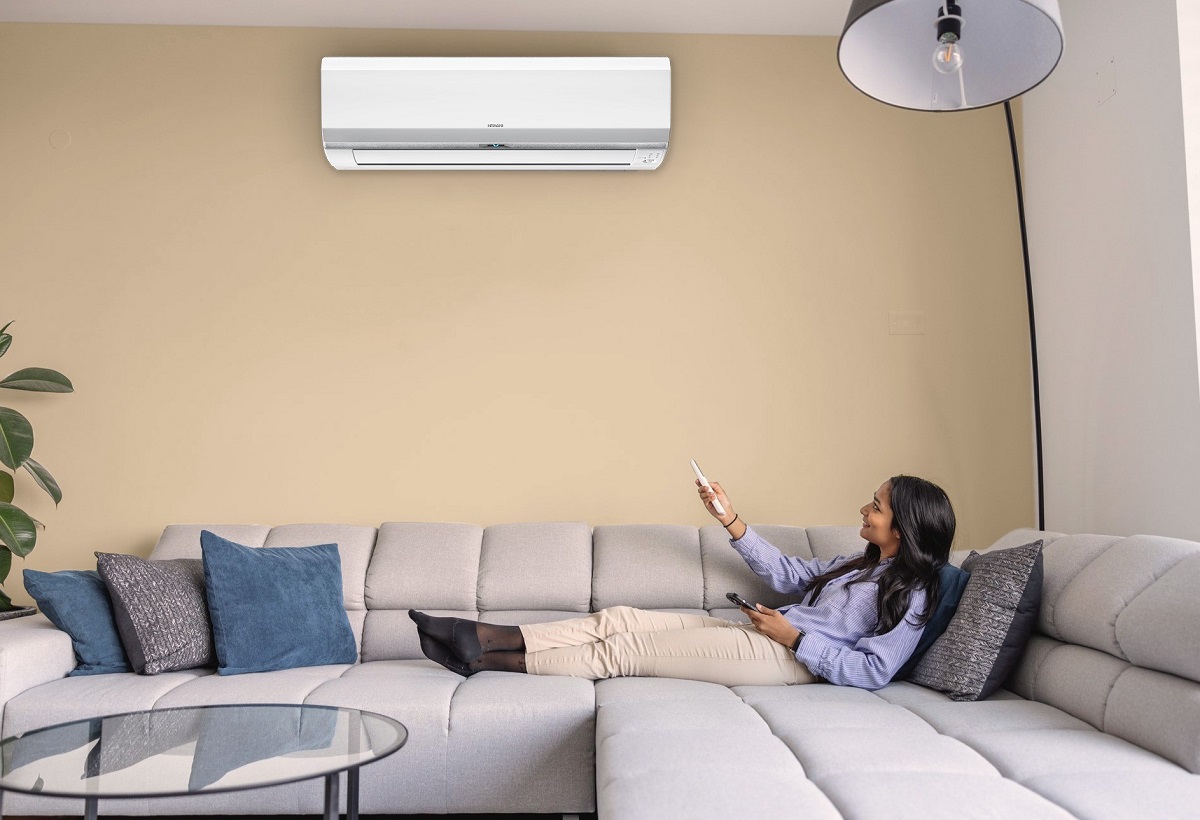
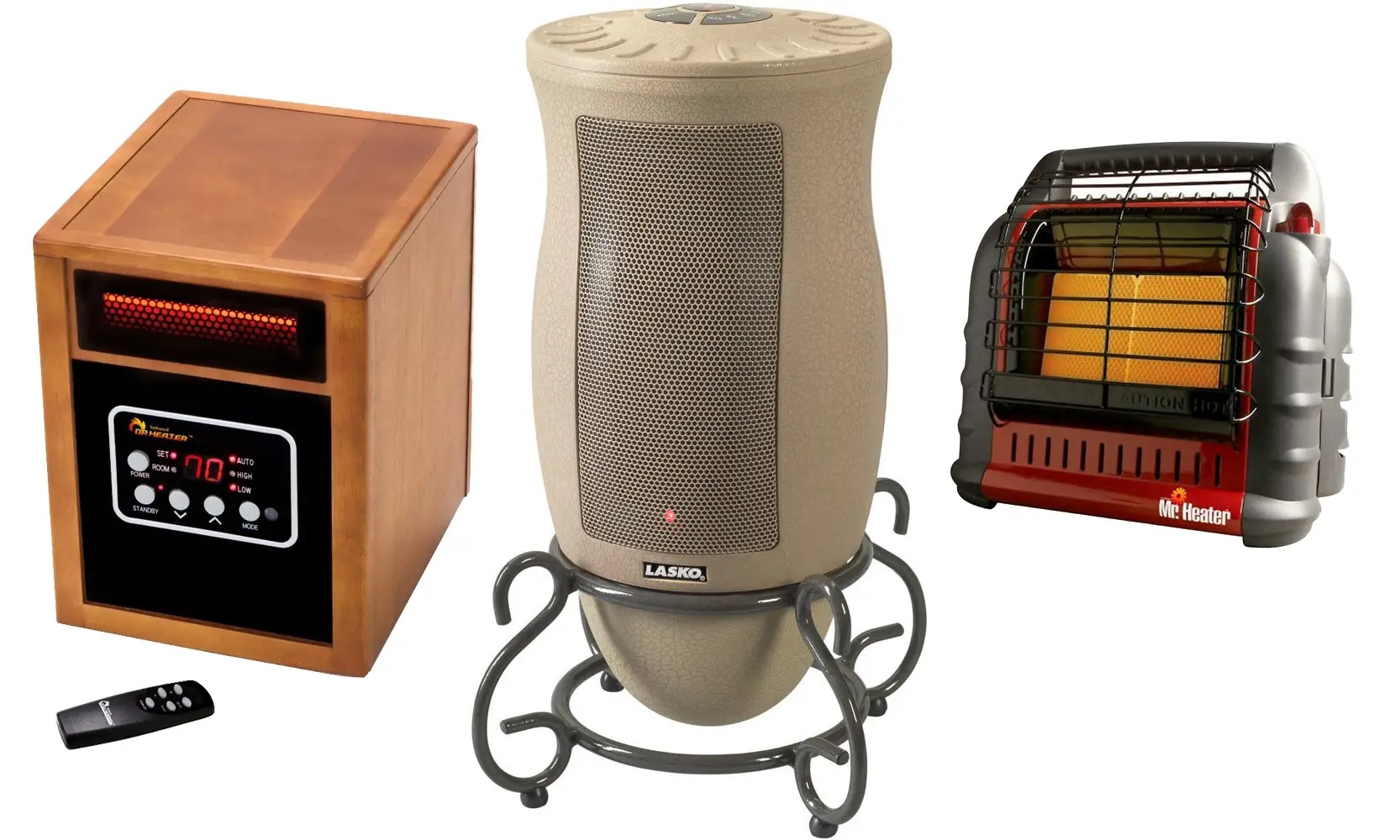

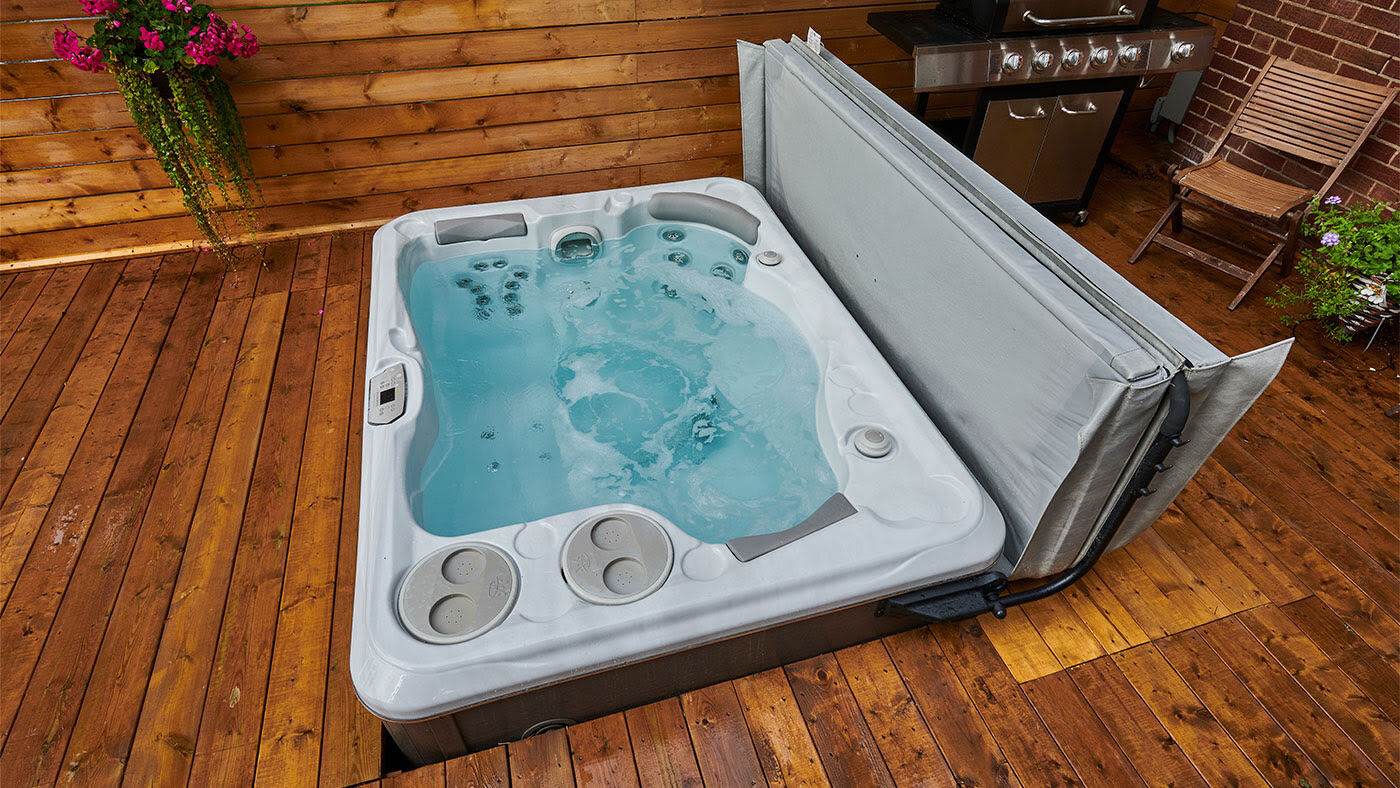
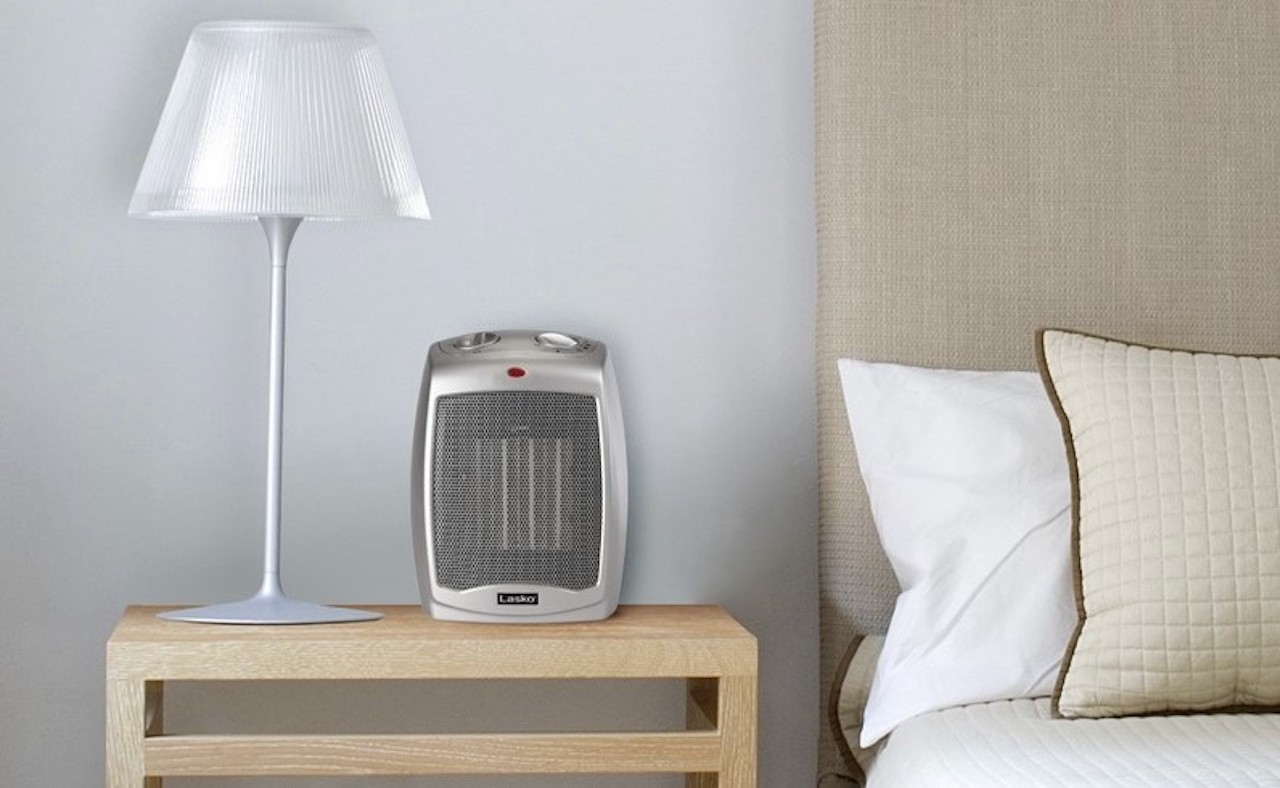


0 thoughts on “How Long Should I Run A Space Heater”